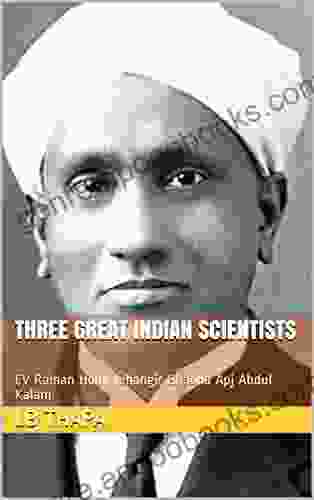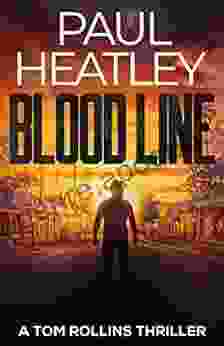Unveiling the Masterminds of Indian Science: Legends of Cv Raman, Homi Jehangir Bhabha, and APJ Abdul Kalam

India, a nation steeped in ancient wisdom and modern innovation, has produced a remarkable lineage of scientific luminaries who have left an indelible mark on the global scientific landscape. Among these towering figures stand three giants whose contributions forever transformed the course of Indian science: Cv Raman, Homi Jehangir Bhabha, and APJ Abdul Kalam. This article delves into their extraordinary lives and groundbreaking achievements, showcasing their brilliance, dedication, and unwavering pursuit of knowledge.
1. Cv Raman: The Father of Indian Physics
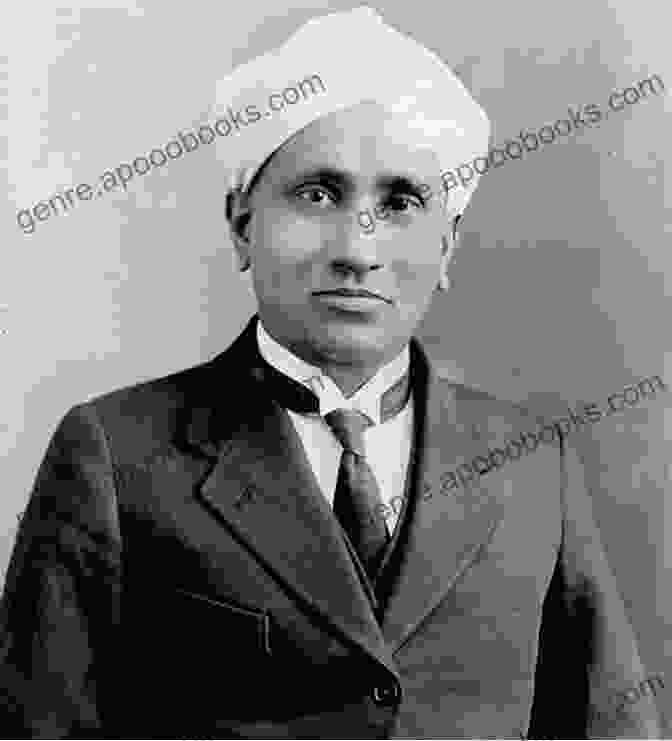
5 out of 5
| Language | : | English |
| File size | : | 642 KB |
| Text-to-Speech | : | Enabled |
| Screen Reader | : | Supported |
| Enhanced typesetting | : | Enabled |
| Word Wise | : | Enabled |
| Print length | : | 19 pages |
Chandrsekara Venkata Raman, universally known as Cv Raman, emerged as a pioneer in the field of physics. His groundbreaking work on the scattering of light, elegantly presented in his seminal paper titled "A New Type of Scattering of Light," earned him the prestigious Nobel Prize in Physics in 1930, making him the first Asian scientist to receive this coveted honor. Raman's discovery, now known as the Raman effect, has revolutionized our understanding of molecular structure and its applications span diverse disciplines, from chemistry to medicine.
Born on November 7, 1888, in Tiruchirappalli, India, Raman displayed an unquenchable thirst for knowledge from a tender age. He excelled in his studies, earning a master's degree in physics from Presidency College, Madras (now Chennai),in 1907. After holding various teaching positions in India, Raman joined the Indian Association for the Cultivation of Science (IACS) in Calcutta (now Kolkata) in 1917. It was within the hallowed halls of IACS that Raman's groundbreaking research on the scattering of light came to fruition.
Raman's legacy extends far beyond his Nobel Prize. He founded the Raman Research Institute in Bangalore in 1948, which continues to be a hub of scientific innovation and research. Raman's contributions to Indian science are immeasurable, and he is revered as the "Father of Indian Physics."
2. Homi Jehangir Bhabha: The Architect of India's Nuclear Program

Homi Jehangir Bhabha, a brilliant physicist and visionary leader, played a pivotal role in shaping India's nuclear program. Born on October 30, 1909, in Mumbai, Bhabha displayed an exceptional aptitude for science from a young age. After completing his studies in physics at the University of Cambridge, he returned to India in 1939 to take up a professorship at the Indian Institute of Science (IISc) in Bangalore.
Bhabha's vision for India's scientific advancement extended beyond academia. In 1945, he presented a proposal to the Indian government outlining his plans for the development of a comprehensive nuclear program. His proposal, which emphasized the peaceful applications of nuclear energy, was met with great enthusiasm. As the first chairman of the Atomic Energy Commission of India, Bhabha oversaw the establishment of several key research centers, including the Bhabha Atomic Research Centre (BARC) in Mumbai.
Under Bhabha's leadership, India became a pioneer in nuclear technology. In 1954, India's first nuclear reactor, Apsara, was commissioned under Bhabha's guidance. This marked a significant milestone in India's journey towards self-reliance in nuclear energy. Bhabha's foresight and dedication laid the foundation for India's nuclear capabilities, which played a vital role in the country's defense and energy security.
3. APJ Abdul Kalam: The Missile Man of India
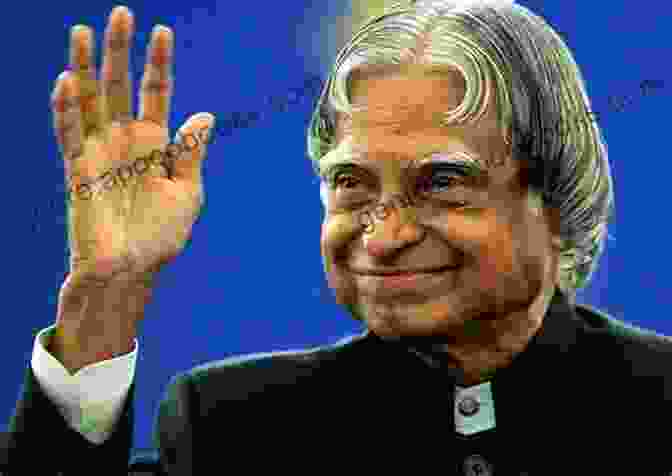
Avul Pakir Jainulabdeen Abdul Kalam, affectionately known as APJ Abdul Kalam, was an eminent scientist, engineer, and statesman who dedicated his life to the development of India's space and missile programs. Born on October 15, 1931, in Rameswaram, Tamil Nadu, Kalam's passion for science and technology was evident from his early years.
After graduating from the Madras Institute of Technology in 1954, Kalam joined the Aeronautical Development Establishment (ADE) in Bangalore. His exceptional engineering skills and innovative thinking led to his involvement in several crucial projects, including the development of India's first indigenous aircraft, the HF-24 Marut.
In 1969, Kalam joined the Indian Space Research Organization (ISRO),where he played a pivotal role in the development of India's satellite launch vehicles. Under his leadership, ISRO successfully launched the first Indian satellite, Aryabhata, in 1975. Kalam's contributions to India's space program were immense, and he is widely regarded as the "Missile Man of India."
Kalam's scientific achievements were matched by his unwavering commitment to the welfare of the people of India. He served as the 11th President of India from 2002 to 2007, during which time he became a beloved national figure known for his simplicity, humility, and his inspiring message of hope and progress.
4.
Cv Raman, Homi Jehangir Bhabha, and APJ Abdul Kalam stand as towering figures in the annals of Indian science. Their groundbreaking contributions, visionary leadership, and unwavering dedication have shaped the course of Indian scientific development and left a lasting legacy that continues to inspire generations. Their lives and achievements remind us that the pursuit of knowledge and innovation can transform nations and uplift humanity.
As we celebrate the remarkable journey of these scientific giants, let us continue to strive for excellence, foster a culture of scientific inquiry, and invest in the future of science and technology. By emulating their unwavering spirit of curiosity, innovation, and service, we can build a bright future for India and contribute to the advancement of human knowledge.
5 out of 5
| Language | : | English |
| File size | : | 642 KB |
| Text-to-Speech | : | Enabled |
| Screen Reader | : | Supported |
| Enhanced typesetting | : | Enabled |
| Word Wise | : | Enabled |
| Print length | : | 19 pages |
Do you want to contribute by writing guest posts on this blog?
Please contact us and send us a resume of previous articles that you have written.
 Book
Book Novel
Novel Page
Page Chapter
Chapter Text
Text Story
Story Genre
Genre Reader
Reader Library
Library Paperback
Paperback E-book
E-book Magazine
Magazine Newspaper
Newspaper Paragraph
Paragraph Sentence
Sentence Bookmark
Bookmark Shelf
Shelf Glossary
Glossary Bibliography
Bibliography Foreword
Foreword Preface
Preface Synopsis
Synopsis Annotation
Annotation Footnote
Footnote Manuscript
Manuscript Scroll
Scroll Codex
Codex Tome
Tome Bestseller
Bestseller Classics
Classics Library card
Library card Narrative
Narrative Biography
Biography Autobiography
Autobiography Memoir
Memoir Reference
Reference Encyclopedia
Encyclopedia Peter Willetts
Peter Willetts Peter Reddaway
Peter Reddaway Mads Walther Hansen
Mads Walther Hansen Rebecca Ross
Rebecca Ross Opio Sokoni
Opio Sokoni Sylvia Fraser
Sylvia Fraser Kim Kiker Painter
Kim Kiker Painter Koji Kondo
Koji Kondo Susan Risha
Susan Risha Richard Howells
Richard Howells Martin Puchner
Martin Puchner The History Journals
The History Journals Steve Galluccio
Steve Galluccio Marissa Meyer
Marissa Meyer Tatsuya Roppongi
Tatsuya Roppongi Willi Paul Adams
Willi Paul Adams Melissa Gilbert
Melissa Gilbert Trevor Salloum
Trevor Salloum Kimberly A Rogers
Kimberly A Rogers Malcolm Torres
Malcolm Torres
Light bulbAdvertise smarter! Our strategic ad space ensures maximum exposure. Reserve your spot today!

 Ashton ReedThe Enchanting Legend of the Beloved Irish Ballad: A Journey into the Heart...
Ashton ReedThe Enchanting Legend of the Beloved Irish Ballad: A Journey into the Heart...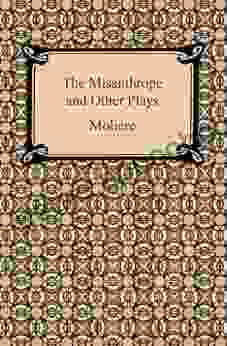
 Tyrone PowellDive into the Witty and Provocative World of Molière's "The Misanthrope and...
Tyrone PowellDive into the Witty and Provocative World of Molière's "The Misanthrope and... William WordsworthFollow ·19.3k
William WordsworthFollow ·19.3k Quincy WardFollow ·3.7k
Quincy WardFollow ·3.7k Ronald SimmonsFollow ·13.4k
Ronald SimmonsFollow ·13.4k Howard PowellFollow ·9.7k
Howard PowellFollow ·9.7k Dallas TurnerFollow ·6.3k
Dallas TurnerFollow ·6.3k Eric HayesFollow ·4.5k
Eric HayesFollow ·4.5k Hank MitchellFollow ·5.1k
Hank MitchellFollow ·5.1k Jacques BellFollow ·10k
Jacques BellFollow ·10k

 Finn Cox
Finn CoxCarmen Suite For Flute Quartet (G Alto Flute) ( Carmen...
Experience the Magic of...

 Andy Cole
Andy ColeUncover Hidden Truths: A Comprehensive Guide to Detecting...
: The Silent...

 Ken Simmons
Ken SimmonsUnleash Your Potential: Transform Frustration and...
Are you tired of feeling...

 Rick Nelson
Rick NelsonHard To Kill: A Gripping Thriller That Will Keep You on...
Tom Rollins is a...

 Ivan Turner
Ivan TurnerUnleash the Power of Your Breath: Discover Breath...
In the tapestry of life, where stress and...
5 out of 5
| Language | : | English |
| File size | : | 642 KB |
| Text-to-Speech | : | Enabled |
| Screen Reader | : | Supported |
| Enhanced typesetting | : | Enabled |
| Word Wise | : | Enabled |
| Print length | : | 19 pages |


